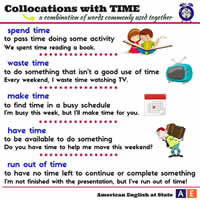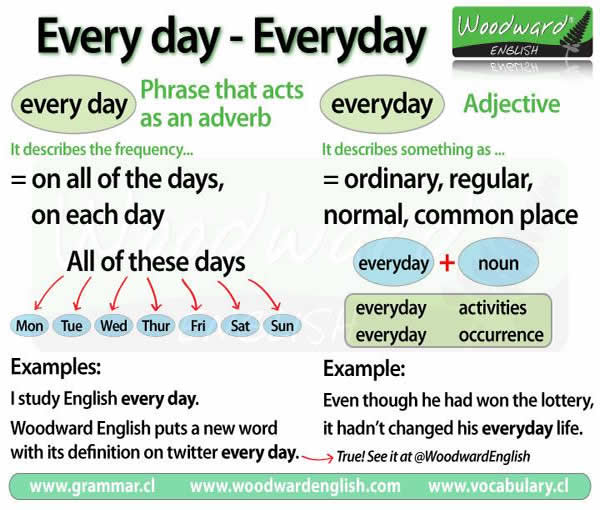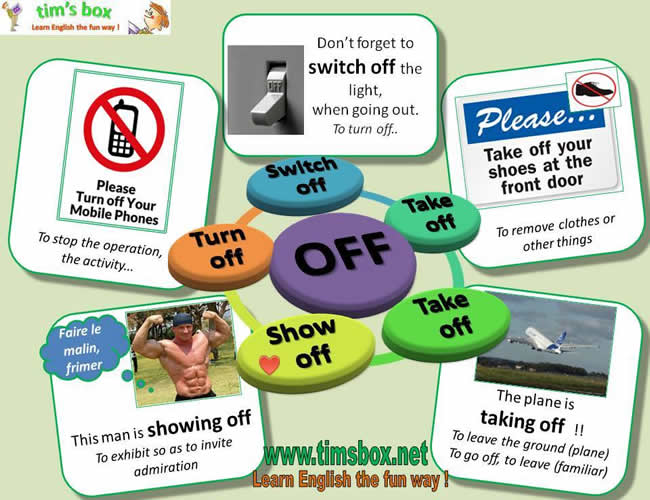Adjective Clauses – Detailed Expression
1. An adjective clause is a dependent clause which takes the place of an adjective in another clause or phrase. Like an adjective, an adjective clause modifies a noun or pronoun, answering questions like “which?” or “what kind of?”
Consider the following examples:
Adjective; The red coat is expensive.
Adjective clause; The coat which I bought yesterday is expensive.
Like the word “red” in the first example, the dependent clause “which I bought yesterday” in the second example modifies the noun “coat.” Note that an adjective clause usually comes after what it modifies, while an adjective usually comes before.
- In formal writing, an adjective clause begins with the relative pronouns “who(m),” “that,” or “which.”
- In informal writing or speech, you may leave out the relative pronoun when it is not the subject of the adjective clause, but you should usually include the relative pronoun in formal, academic writing:
- In formal, academic English in adjective clauses with object relative pronouns, for people, we use whom. In adjective clauses with an object of a preposition, bring the preposition forward and use whom or which.
Formal ;
- The books that people read were mainly religious.
- Some firefighters never meet the whom people they save.
Informal;
- The books people read were mainly religious.
- Some firefighters never meet the people they save.
Identifying and Non-identifying Adjective Clauses
- You must understand whether or not the dependent clause is essential information or extra information in the understanding of the noun. This impacts the meaning and the punctuation. •
- Essential clauses are also called identifying or restrictive. We DO NOT use commas with these clauses.
- Extra clauses are also called non-identifying or non-restrictive.
WE MUST use commas with these clauses. We cannot use the relative pronoun that.




I AM A MALE